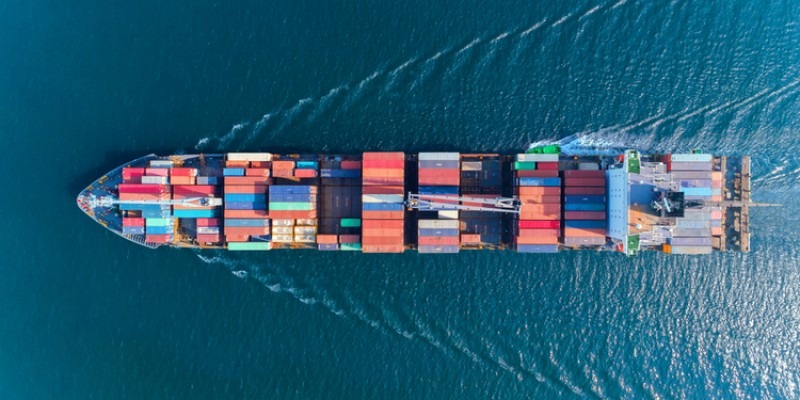
Rules of Origin (RoO) are the rules to attribute a country of origin to a product in order to determine its "economic nationality".
The need to establish the origin of a product stems from the fact that Free Trade Agreements (FTAs) are usually based on offering better market access to one country over another. This happens via preferential tariffs within an FTA. In order to stop other countries from gaining free access to protected markets from outside of formal free trade agreements, or having one FTA partner merely acting as conduit for other countries exports, RoO are used to control market access. They are therefore a critical way that ensures the complex network of FTAs across the globe are upheld and enforced.
The EU–UK Trade and Cooperation Agreement (TCA) outlines the requirement that in order to ensure zero tariffs apply to goods going between the UK and EU, they must have proof of origin and comply with new origin requirements set out in the agreement. These requirements are tighter than many observers were expecting and tighter than many business organisations had been calling for. It is very important that you know whether you qualify for the new origin requirements and also comply with the customs procedures for demonstrating this.
If goods originate wholly from the UK, then qualification is simple: the good will qualify for zero tariffs. However, in other areas it is not so simple:
Firstly, if the product contains elements of products (ingredients, components etc.) from other countries then it has to be ‘substantially transformed’ in the UK. What counts as ‘substantially transformed’, varies depending on the product in question. Once this criteria has been reached, the product then can qualify for zero rating.
Secondly, products just going from the UK to the EU with origin from another country (even one with which the EU has a Free Trade Agreement with) do not qualify for preferential treatment. This, surprisingly, includes products that are made in the EU. If a UK business merely imports a 100% EU made product, then tries to export it back to the EU with no transformation, it won’t qualify for zero tariffs.
If a product in the UK is not made out of components originating entirely from the UK or EU, it can still count as UK origin, contingent on the condition that it undergoes specific processing in the UK. The type of processing varies for each product, which are laid out in the Harmonised System code.
Broadly, there are three different ways that goods can be processed (‘substantially transformed’) in order to qualify. There are three ways that this can happen:
- Value added/ percentage added in the UK
- Change of tariff classification in the UK
- Specified processing happened in the UK.
You will have to check which of this apply to your product using the HS code as there are product-specific rules of origin listed in the TCA.
When exporting to the EU, a Statement of Origin should be included commercial document (usually the invoice), but does not need to be included in your Customs Declaration. In order to verify the origin of a good, the importing customs authority may undertake verification checks. This may include a request for information from the importer who made the claim for preferential treatment. Verification can be before or after release of the goods.
Importers must:
- Have proof of the originating status of the goods, before claiming preference and this may be:
- Statement on origin provided by the exporter on a commercial invoice, or other commercial document that describes the goods. The text of the Statement would be included in the agreement. This is known as an invoice or origin declaration
- Supporting documents and records, if claiming preference using ‘importer’s knowledge’. If using importer knowledge, sufficient evidence that the goods qualify as originating, must be obtained. This may involve the exporter providing various supporting documentation and if this cannot be obtained, the exporter may be able to provide a Statement on origin
- Claim for preference by completion of and declaring proof of origin on the customs declaration
- If requested, provide proof of origin to the customs authorities
- Maintain records for at least 4 years
Exporters must:
- Hold evidence that the goods meet the relevant rules of origin before issuing a Statement on origin
- Understand whether a declaration from the supplier needs to be obtained
- Provide the customer (importer) with one of the following:
Statement on origin on a commercial invoice, or other commercial document that describes the goods. The text of the Statement would be included in the agreement. This is known as an invoice or origin declaration
supporting documents and records, if your customer is claiming preference using ‘importer’s knowledge’
- Maintain records for at least 4 years
- Log in to post comments
Apply for a Certificate of Origin today
You can easily apply for a Certificate of Origin using our online export documentation platform. It's quick and easy to use, with clear guides and tutorials to help you get started.
